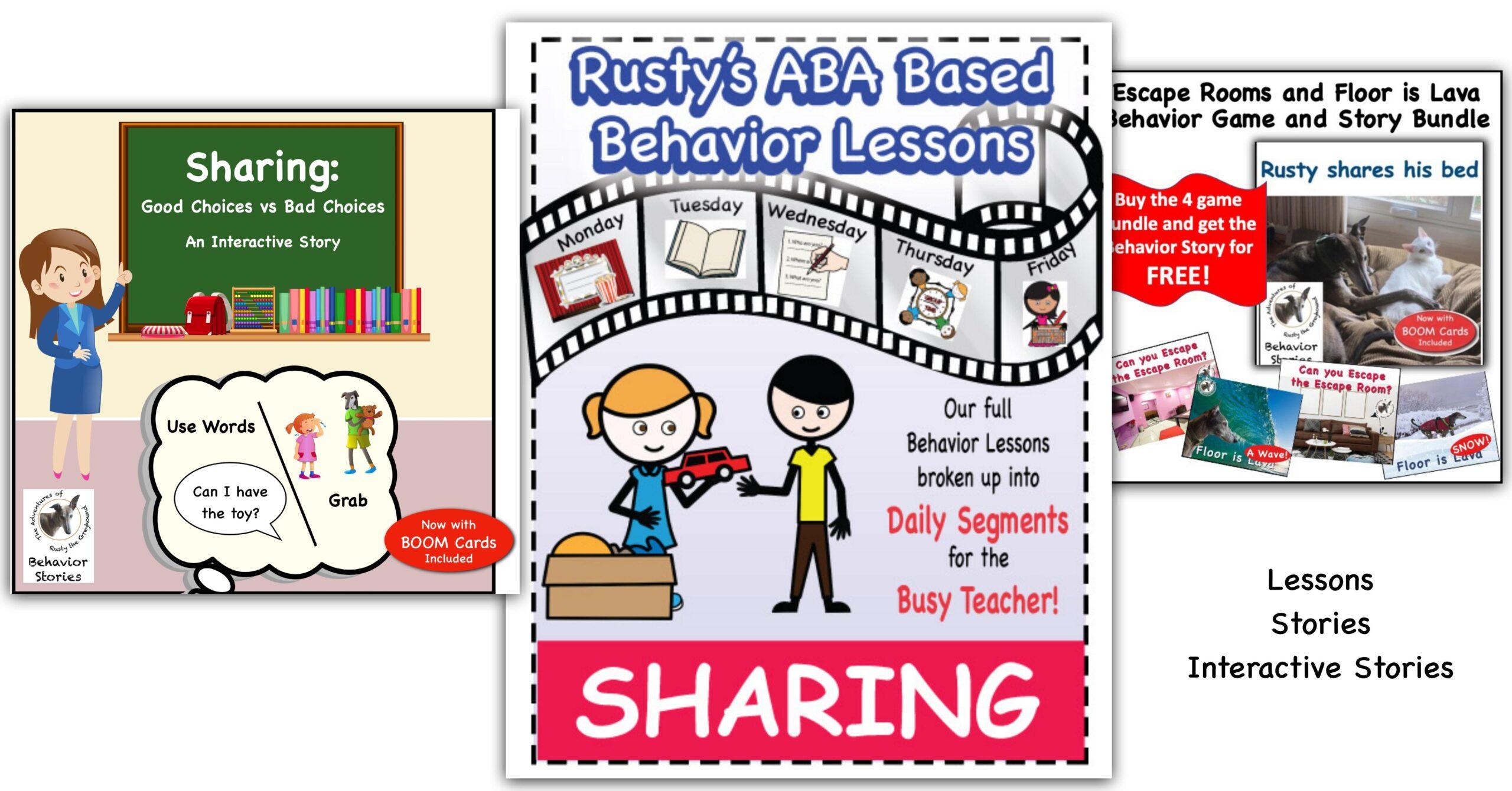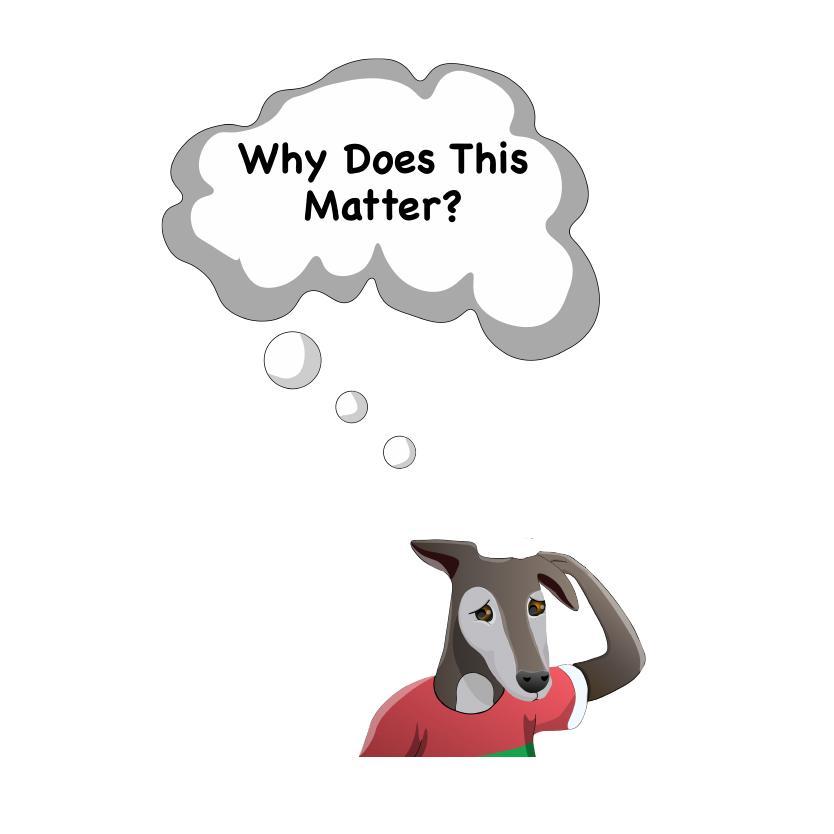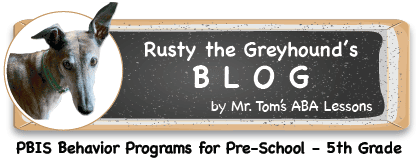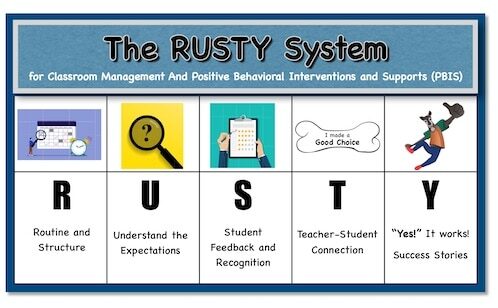
Sharing is a challenging skill for students, especially in early childhood education. In elementary school, children are just starting to understand giving up a wanted item to other children.
People are not born with the innate concept of sharing, so you must teach this skill in your classroom. With practice, students will understand the expectations that they should share (‘U’ of RUSTY). In this way, you can promote Positive Behavioral Interventions and Supports (PBIS) for improved classroom behavior.
What are the benefits?

Sharing is a fundamental skill required in every area of a person’s life. Through promoting frequent sharing, this routine and structure will help students gain automaticity as they interact with one another. Automaticity happens when a student does a positive behavior or skill without thinking about it. As students learn to regulate their emotions and interactions with one another, you will see better classroom behavior.
Why does this matter?

Children can internalize negative feelings when you or others force them to give up what they want. Similarly, children internalize negativity when they can’t access things other children have. These negative emotions can lead to more aggressive or unwanted refusal behaviors.
Instead, when you scaffold the kind of classroom behavior of sharing, you teach a life skill. Also, you promote emotional growth that students will apply to new learning experiences.
What does this look like?
Make sharing fun

Make sure you encourage sharing as a fun and positive behavior. Through student feedback, redirect students to other toys or activities, or try to get them to engage by working together with friends.
Don’t force a child to share. Instead, show each student that they can be a good friend by sharing. For example, students can take turns playing as retailers and shoppers by taking turns being the buyer and seller at a pretend store. The students will have to share the item being bought/sold (e.g. fruit, vegetables) and the items required for selling/buying (e.g. shopping basket, cash register).
Use behavior stories and video modeling
In my lesson on sharing and behavior plans, I recommended using behavior videos and behavior stories. I currently have two stories on sharing: “Rusty Shares His Bed” and “Sharing an Interactive Story.” The videos and stories are great because you can ask follow-up questions about what happened.
This activity will reinforce the video and story model. Then, review or remind the children about the video and story before a time when they might have to share. For example, you can say: “Rusty shared his bed with Polar. Do you think you can share your toys today?”
Show how to relinquish
- Practice relinquishing by asking to borrow an item from a student. Once you have the item, after the child waits for a short time, you can give it back to them.
- Ask to see what a student has when they bring in a special tangible or when they have something in their hands. Ask them to see it, and then give it right back with praise about how great they did letting you see the item.
- Practice with things like puzzles or the magnatiles. Make sure the student has a piece that you need. Then, ask this child for that piece. Once they have given it over, praise them for giving you the piece.
Teaching students to share with one another (and you) is a critical PBIS strategy. In the early years, sharing can feel difficult for children. However, with repetition, consistency, and patience, you will see positive results.
Sharing: 15 min. ABA Behavior Lessons Set of 5 Lessons
Sharing Interactive Story – Social Skills Behavior Story – SEL
usty Shares His Bed: Social Skills Behavior Story & Games – SEL
Share, Take Turns, and Stay Calm – Social Skills Behavior Story – SEL



